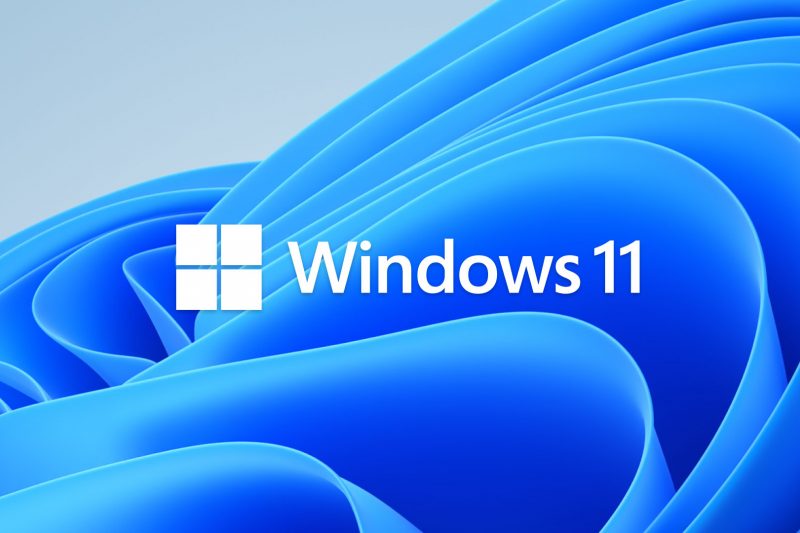How to Install Windows 11: A Step-by-Step Guide
How to Install Windows 11: A Step-by-Step Guide

Prerequisites for Installing Windows 11
Before you begin the installation process, ensure that your PC meets the minimum system requirements for Windows 11:
- Processor: 1 GHz or faster with at least 2 cores on a compatible 64-bit processor or System on a Chip (SoC).
- RAM: 4 GB or more.
- Storage: 64 GB or larger storage device.
- System Firmware: UEFI, Secure Boot capable.
- TPM: Trusted Platform Module (TPM) version 2.0.
- Graphics Card: DirectX 12 compatible graphics / WDDM 2.x.
- Display: >9” with HD Resolution (720p).
- Internet Connection: Internet connectivity is necessary to perform updates and to download and take advantage of some features.
Methods to Install Windows 11
There are two primary methods to install Windows 11:
- Upgrade from Windows 10
- Clean Installation using a USB Drive
Method 1: Upgrade from Windows 10
If you're currently running Windows 10, upgrading to Windows 11 is straightforward. Here’s how:
- Backup Your Data: Before proceeding, ensure that you back up your important files to avoid any data loss.
- Check for Updates:
- Go to Settings > Update & Security > Windows Update.
- Click on Check for updates. If Windows 11 is available for your device, you will see an option to download and install it.
- Download and Install: Follow the on-screen instructions to download and install Windows 11. Your PC will restart several times during the process.
- Set Up Windows 11: After installation, follow the prompts to set up your preferences, sign in with your Microsoft account, and customize your settings.
Method 2: Clean Installation using a USB Drive
Step 1: Create a Bootable USB Drive
- Download the Media Creation Tool:
- Visit the Microsoft Windows 11 download page.
- Download the Media Creation Tool.
- Create the USB Drive:
- Insert a USB drive (at least 8 GB) into your PC.
- Run the Media Creation Tool and select Create installation media (USB flash drive, DVD, or ISO file).
- Choose your language, edition, and architecture (64-bit).
- Select USB flash drive and follow the prompts to create the bootable drive.
Step 2: Install Windows 11
- Boot from the USB Drive:
- Insert the bootable USB drive into the PC where you want to install Windows 11.
- Restart the PC and enter the BIOS/UEFI settings (usually by pressing F2, F12, DEL, or ESC during startup).
- Set the USB drive as the primary boot device.
- Start the Installation:
- Save the changes and exit the BIOS/UEFI. Your PC will boot from the USB drive.
- Select your language preferences and click Next.
- Click on Install Now.
- Activate Windows:
- If prompted, enter your Windows 11 product key. If you don’t have one, you can choose to install without a key and activate later.
- Select Installation Type:
- Choose Custom: Install Windows only (advanced) for a clean installation.
- Select the partition where you want to install Windows 11. You can delete existing partitions if you want to start fresh (be cautious, as this will erase all data on those partitions).
- Complete the Installation:
- Follow the on-screen instructions to complete the installation. Your PC will restart several times.
- Set Up Windows 11: After installation, follow the prompts to set up your preferences, sign in with your Microsoft account, and customize your settings.
Conclusion
Installing Windows 11 can be a straightforward process, whether you choose to upgrade from Windows 10 or perform a clean installation. By following the steps outlined in this guide, you can enjoy the new features and improved performance that Windows 11 has to offer.
Comments
Post a Comment